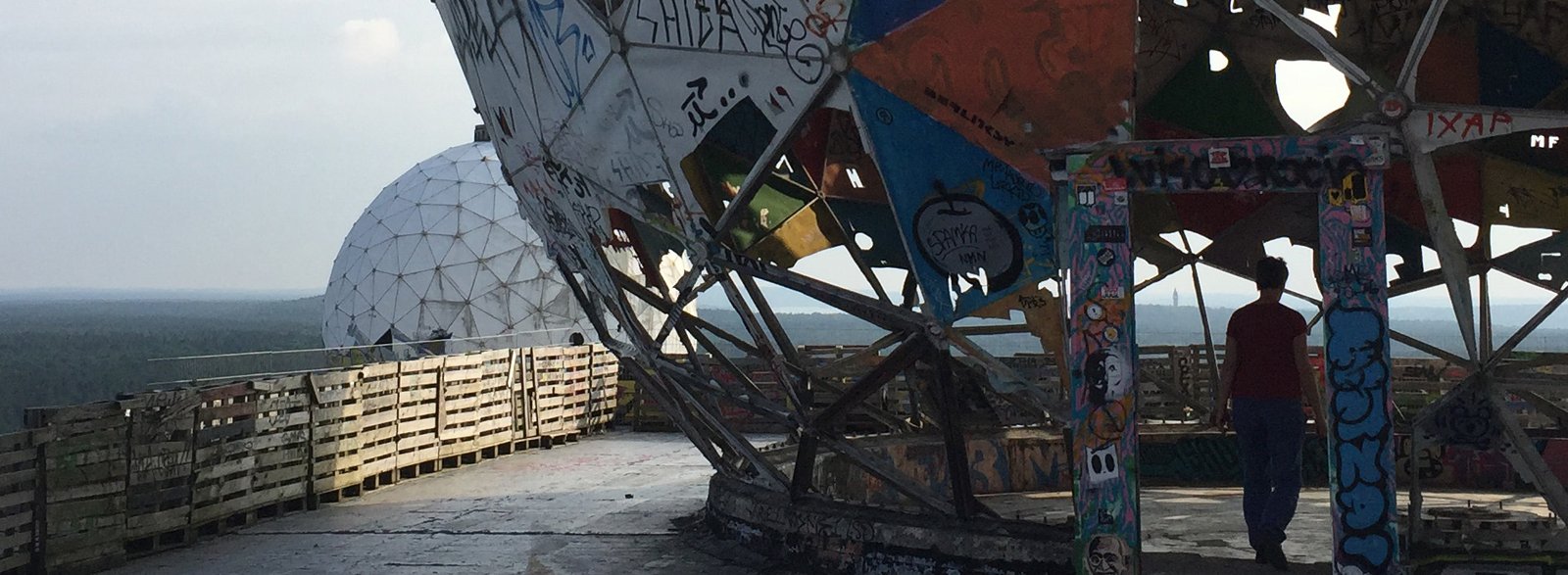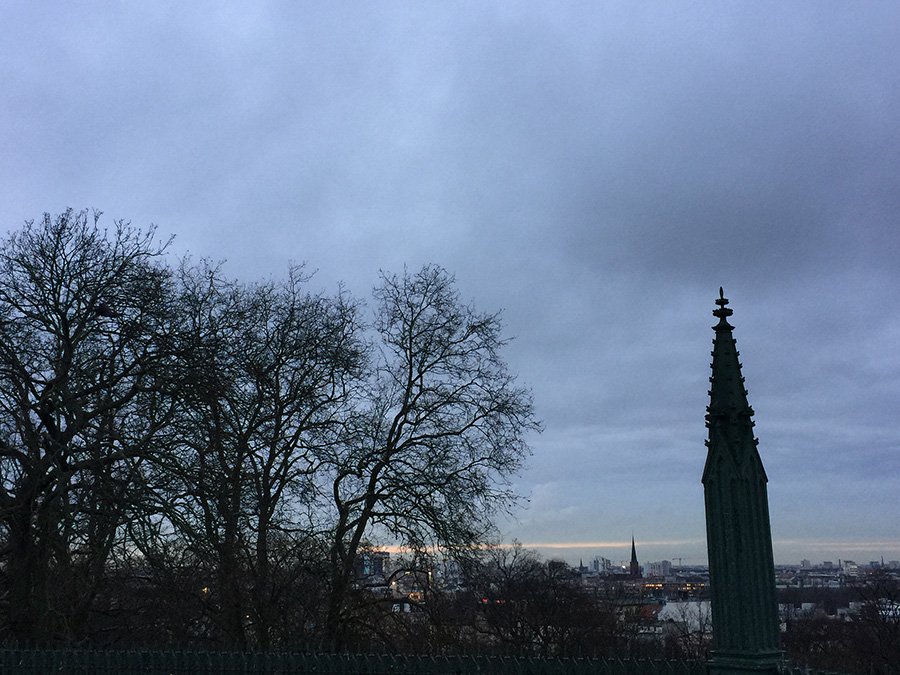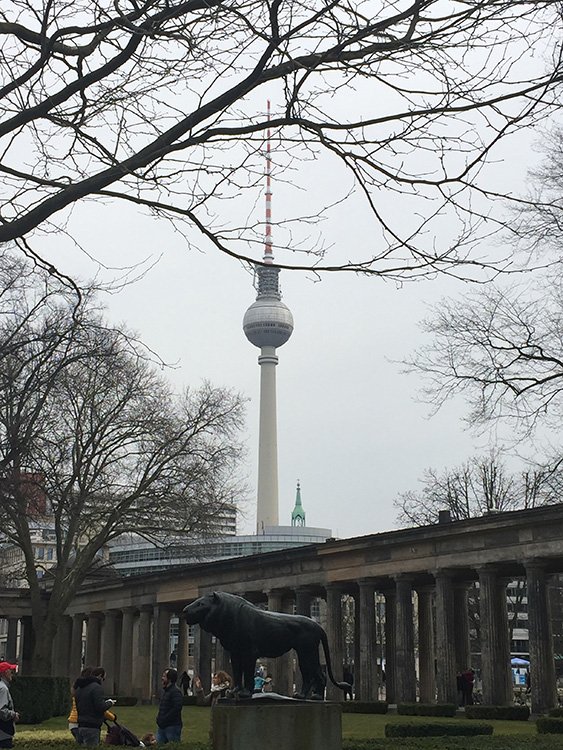History
11 THINGS I LEARNED SPENDING A YEAR IN BERLIN’S PARKS | part 6
Berlin’s history is written into the fabric of its parks and public spaces. You see it through its monuments, design, and even the ground itself. You can see traces of the passage of time, both geological and man-made.
Not all historical memories are obvious.
Some events are marked by plaques and photos. Yet most of the historical memories are only partial, and many significant events have left few visible marks.
I often find myself consulting Wikipedia or other sources after visiting the parks in order to get a better understanding of what I am seeing.

Collective memories
Berliners are passionate about their city and its history. It is a city very rich in history so that is not surprising. And it’s comforting to share a set of collective memories. Here are a few that I gathered early in my stay.
Rubble
The rubble from the Second World War is strewn across Berlin. But you may not see it. It exists in the form of “Trümmerberge,” or rubble mountains. During the war, the Western Allies dropped more than 65,000 tons of explosives on Berlin. By 1945, half of all houses were damaged and 80,000 people were made homeless.
The bricks from these fallen buildings went to eight locations around Berlin, the most famous being a hill in Grunewald Forest, called Teufelsberg or Devil’s Mountain. Being quite high, the US National Security Agency later set up a “spy” station at the top, where they listened in on the Soviet and East German military.
When you walk up the ‘berg’ or ‘mountain’ as it is translated, you can still see pieces of brick in the ground revealing that this hill is built upon the rubble. The pieces of brick protrude from the pathways, even inside the forest.
Take a closer look and you will see a lot of evidence of broken Berlin.


Napoleon & the first Unification
There is a lot of references to the French in Berlin. From the Prussian monument sitting on the top of Victoria Park commemorating battles against France in the Napoleonic Wars, 1813-1815, to the angel at the heart of Tiergarten marking the victory in the Franco-Prussian Wars of 1870/71.
At the same time, you find the French Dome in Gendarmenmarkt, completed in 1705 for the French Huguenot refugee community, Protestants who were escaping religious persecution in France.
I long for the day when helping others is more celebrated than war and winning. I feel like monuments to victory put people into the frame of mind where they are thinking of threats and national identity.
The Prussian story is one of “unification” which makes one think that there was a country before, that it was broken and then reunified. A better term might be nation-building, which sounds less idyllic and would more accurately reflect what happened during a time in history when borders were in flux, as Napoleon advanced across Europe. Before Napoleon, there were the monarchs battling for borders and redefining who paid taxes to whom.
Similar monuments of triumph have been erected across Europe. They mark a point in history where the nation was an important concept. Power was moving from the monarchs and royalty to the citizens. Yet these monuments hide a lot of history. Many stories are missing, and it feels problematic to not contextualize these monuments and reexamine how we define victory.



Partial memories
While the city of Berlin has done extensive work to mark important monuments and places, it hasn’t marked everything.
History is complicated and until now has been mostly written by the winners. Many stories are left untold or are only partially told.
There is a global movement to add women’s stories to Wikipedia. As part of this effort, there are six meetup groups in Berlin alone focusing on bringing women’s voices into the history written there. Because of their efforts and my research into Berlin street signs named after women I’ve learned about many of the early feminists in Berlin and the contributions they’ve made to history.
There are also figures given a prominent place in public spaces whose histories are not marked. One such monument is Bismarck. I first saw his statue in Tiergarten back in February. I was surprised to see images of a Sphynx and Panther, both in compromised positions. Sybil, the oracle, is reclining on the feminized sphynx reading the book of history while Germania steps on the neck of the panther. Both the Sphynx and Panther represent the colonies in Africa. Rather than being docile and welcoming to religious conversion and resource extraction, there were many African rebellions whose history is starting to surface thanks to work from many African researchers and scholars.
Forgotten memories
Our public spaces are missing many voices of people who contributed to our cities. In Berlin, some of them are being recognized in the names of streets as Berlin aims to close the gender gap. Recently two streets in the African quarter linked to Germany’s violent colonial past got approval to be renamed.
However, there are many other voices that we do not hear from. There are Turkish, Vietnamese, African voices, people that stood for labor rights, women’s rights, species rights. There is history beyond war, science and athleticism that is due recognition.
As the world becomes smaller I feel it is important to reflect on the values we want to share. We need to figure out how to bring more narratives into our public spaces and start questioning our collective memories.


